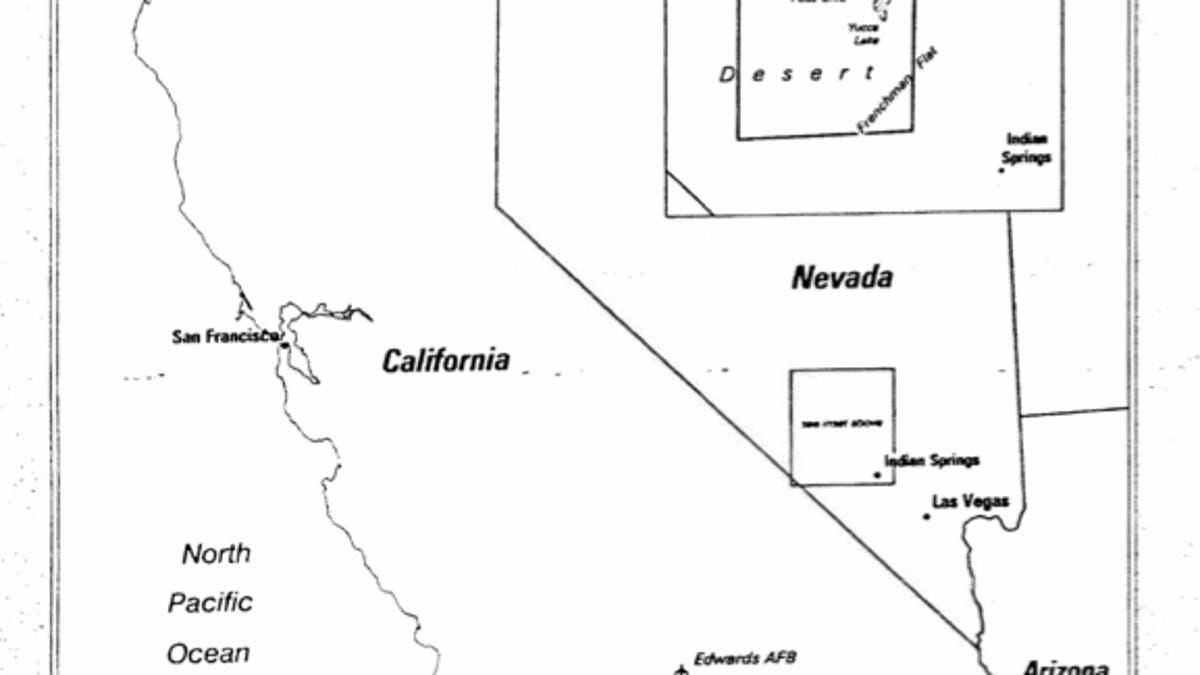CIA declassifies covert details on the secretive Area 51
Debunking many conspiracy theories, a massive 355-page declassified report details the birth of Area 51 and the U-2 spy planes developed and tested there.

When U-2 spy planes first soared over Nevada in 1955, they flew higher than any other plane ever: 60,000 feet. The development and construction of the vessels were part of a top-secret CIA operative in the remote desert of Nevada known as Area 51.
When people who lived nearby saw the sleek planes -- far above, glinting in the sun -- they had no idea what they were. And naturally, it became widely believed they were UFOs carrying aliens.
Many of the details and history around Area 51 and U-2 planes were recently declassified by the CIA and revealed to the public on Thursday. This information comes via a 355-page report titled "The Central Intelligence Agency and Overhead Reconnaissance: The U-2 and OXCART Programs, 1954 - 1974," which the National Security Archive got the CIA to declassify under the Freedom of Information Act.
Now, many conspiracy theories could be debunked.
While scant particulars on Area 51 have been discovered over the years through other declassified reports and books that contained interviews with people involved in the operative, this new report is the first time the government has openly referred to Area 51 as a government facility, according to Foreign Policy.
Also known as "the Ranch," "Paradise Ranch," or "Watertown Strip," Area 51 became one of the central locations to design and test a host of spy planes in the 50's, 60's, and 70's. The most notorious of these planes was the U-2.
The U-2 was a lightweight single-engine plane equipped with spy cameras explicitly for fly-over reconnaissance missions. According to the report, the two central problems U-2 designers came up against were fuel capacity and weight.
"The achieve intercontinental range, the aircraft had to carry a large supply of fuel," the report reads, "yet, it also had to be light enough to attain the ultrahigh altitudes needed to be safe from interception."
To solve these dilemmas, the tail, wings, and landing gear were constructed unlike any other U.S. military aircraft. The tail was attached to the main body with just three tension bolts to save weight; and the wings were ultra long, thin, and narrow. The landing gear was also lightweight with a set of wheels in the front and the rear of the aircraft.
"If a U-2 was airborne in the vicinity of the airliner... its silver wings would catch and reflect the rays of the sun and appear to the airliner pilot, 40,000 feet below, to be fiery objects," the report reads.
It's no wonder that people believed these high-flying objects were alien aircraft. According to the report, "U-2 and later OXCART flights accounted for more than one-half of all UFO reports during the late 1950s and most of the 1960s."
Besides all of the details on Area 51 and the U-2 spy planes, the report is also chock-full of information on why the government saw a need for aerial reconnaissance, other spy planes -- like the A-12 and SR-71 -- and CIA missions to Russia, Cuba, China, and the Middle East.

